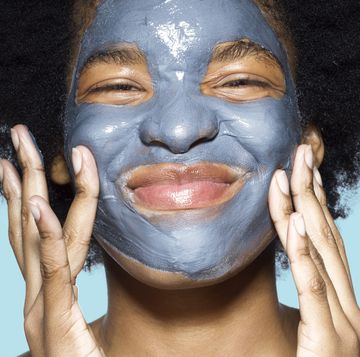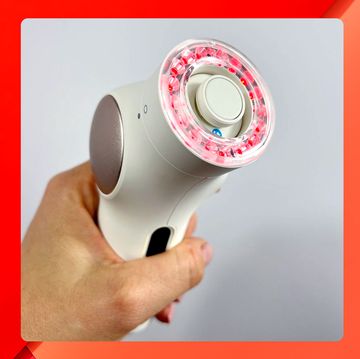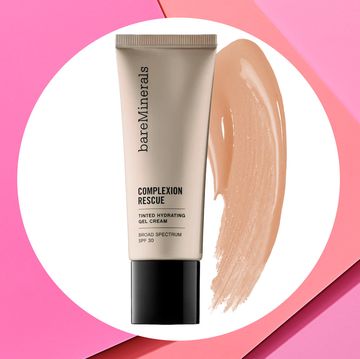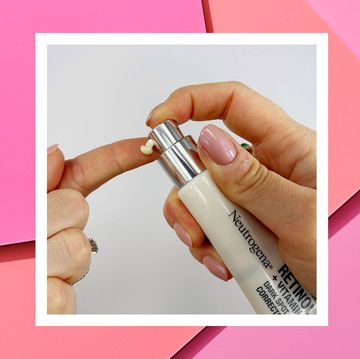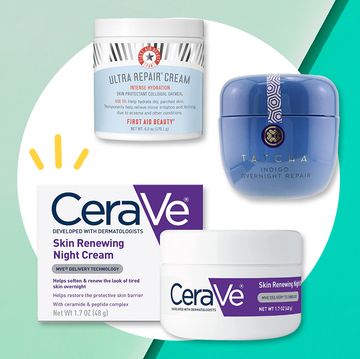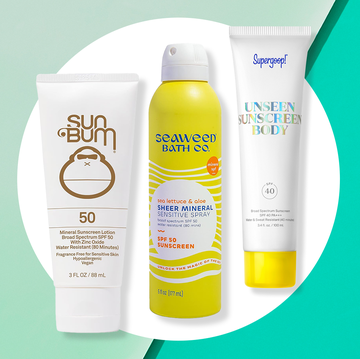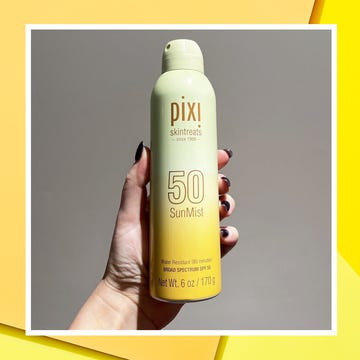Be honest: How often do you really wear SPF in the winter? While you might think you can skip it on frigid or snowy days, that's not actually the case.
"Just because it's cold outside doesn't mean you can stop protecting your skin against harmful ultraviolet radiation from the sun," says Sejal Shah, M.D., a dermatologist at Smarter Skin Dermatology in New York City. "Ultraviolet radiation reaches the Earth every day, even when it's cold or cloudy, so you need to protect your skin year-round." In fact, according to the American Academy of Dermatology, 80 percent of the sun's UV rays can still penetrate your skin on a cloudy day.
But what if you're cooped up at home or in the office all day? "You need to wear sunscreen even when you're outside for a short amount of time," says Shah. "[And] ultraviolet radiation can penetrate window glass, so you need protection when you're indoors as well." A new study published in the journal Science even found that some sun damage (which can lead to skin cancer) continues to take place hours after you've gone inside.
You don't have to slather on a greasy sunscreen that's more appropriate for when you're hanging by the pool, though. For everyday activities, Shah says a daily moisturizer with broad-spectrum SPF 30 is just fine. "You need about a shot glass full for the whole body and a nickel-sized dollop for the face," she explains.
We like Aveeno Active Naturals Positively Radiant Daily Moisturizer SPF 30 ($14, drugstore.com) because it helps to even skin tone while shielding you from the sun. And just like you would reapply SPF every two hours to any exposed areas in the summer, the same goes for the colder months of the year.
Makeup with SPF provides some protection, but Shah warns against depending solely on it. "Typically you need significantly more than you normally wear," she says. "Also makeup is not always applied uniformly to the face, so you may not get the same amount of protection [everywhere]." Shah recommends always layering a moisturizer with SPF under makeup.
If you plan on hitting the slopes, prepare accordingly: "Snow and ice can reflect ultraviolent radiation," says Shah. "[Plus], there is more ultraviolet exposure at higher altitudes." She recommends applying a water-resistant sunscreen (just like you'd use at the beach) with an SPF of at least 50. We're fans of Neutrogena Ultra Sheer Dry-Touch Sunscreen Broad Spectrum SPF 55 ($9, drugstore.com). "[Again], sunscreen needs to be applied every two hours or immediately after sweating, swimming, or toweling off," she says.
More from Women's Health:
How to Exfoliate Every Single Body Part—the Right Way
Why You Keep Getting a Pimple in the SAME Exact Spot
7 Skin-Care Secrets Aestheticians Swear By



